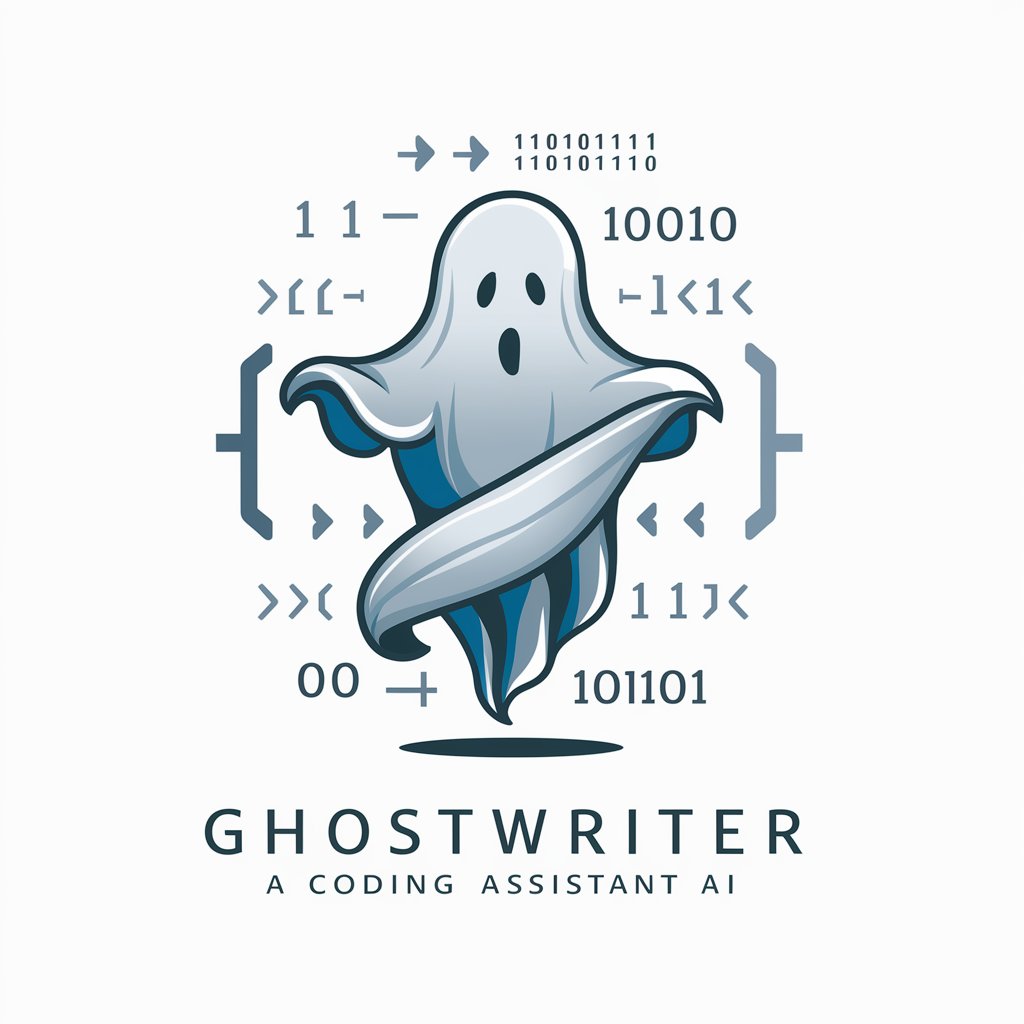Air Traffic Controller - Virtual ATC Experience

Welcome to your AI Air Traffic Controller.
Master the skies with AI-powered ATC
Describe the process of handling a VFR departure from a busy airport.
What are the key components of an ATIS broadcast?
Explain the communication flow between a pilot and ATC during taxiing.
How does an ATC controller manage multiple aircraft in the same airspace?
Get Embed Code
Introduction to Air Traffic Controller
The Air Traffic Controller (ATC) role is a critical component of the aviation infrastructure, designed to manage the safe, orderly, and expeditious flow of air traffic in the global air traffic control system. ATCs are responsible for ensuring that aircraft are safely distanced from each other during takeoff, flight, and landing, using radar and communication equipment to track and guide aircraft movements. This includes issuing landing and takeoff instructions, providing navigational assistance during flight, and ensuring that aircraft maintain safe distances at all times. A common scenario illustrating the ATC's role involves coordinating the takeoff and landing sequence at busy airports to prevent runway incursions, managing the flow of aircraft on the ground (taxiing), and in controlled airspace, and providing pilots with information about weather, runway closures, and other critical data. Powered by ChatGPT-4o。

Main Functions of Air Traffic Controller
Traffic Separation
Example
Ensuring that aircraft maintain a safe distance from each other in the sky and on the ground, using radar and procedural control methods.
Scenario
During peak hours at a major international airport, an ATC might sequence arriving and departing flights, using radar to keep them at safe distances from each other and from operational obstructions, thus preventing mid-air and runway collisions.
Airspace Management
Example
Managing the distribution of aircraft within different sectors of airspace to prevent congestion and ensure safety.
Scenario
In a scenario of sudden bad weather, ATCs may reroute flights to different altitudes or paths to avoid the area affected by the weather, ensuring flights continue safely with minimal delays.
Communication
Example
Providing pilots with vital information regarding weather, runway status, and other aircraft, as well as receiving and responding to pilots' requests and reports.
Scenario
An ATC communicates with a pilot experiencing an emergency, providing clear instructions to divert to the nearest airport, guiding them through the process, and alerting airport emergency services.
Navigation Assistance
Example
Offering guidance to pilots on course adjustments for reasons ranging from avoiding inclement weather to managing traffic flow.
Scenario
For a flight en route that encounters unexpected turbulent weather, the ATC offers alternative routes or altitudes to navigate around the storm safely.
Coordination with Other ATC Units
Example
Working with other ATC units to ensure seamless transitions of aircraft between different airspaces.
Scenario
When a long-haul international flight moves from one country's airspace to another, ATCs coordinate to transfer control of the aircraft, ensuring it continues on its journey safely and efficiently.
Ideal Users of Air Traffic Controller Services
Commercial Pilots
Commercial pilots operate aircraft for airlines that transport passengers and cargo on a fixed schedule. They rely on ATC services for safe route navigation, especially during takeoff, en route flight, and landing, to ensure passenger safety and adherence to schedules.
General Aviation Pilots
Pilots flying private, non-commercial flights benefit from ATC services in navigating through controlled airspace, receiving weather updates, and ensuring safe separation from commercial and other general aviation traffic.
Military Aviation
Military pilots, while often operating in segregated airspace, interact with civilian ATCs to deconflict airspace usage, especially during low-flying training, near civilian airports, or when transiting through commercial routes.
Airports and Airlines
Airport operators and airlines work closely with ATC to manage flight schedules, handle ground movement efficiently, and mitigate delays, ensuring optimal operation and safety standards.

How to Use Air Traffic Controller
1
Start with a visit to yeschat.ai for a complimentary trial, no sign-up or ChatGPT Plus required.
2
Specify your airplane's callsign and ensure you understand the current ATIS information for your chosen airport.
3
Follow the given instructions for taxiing, takeoff, and navigation, accurately repeating all radio communications.
4
Use proper aviation communication etiquette, including the phonetic alphabet for callsigns and designations.
5
Provide feedback or request further instructions as needed, ensuring clarity and accuracy in all transmissions.
Try other advanced and practical GPTs
The Smell of Iron: Rise of the Eiffel Tower
Build the Eiffel, Shape History

Six Sigma Master Black Belt
Empowering Excellence with AI

Mungerism
Empowering In-Depth Insights with AI

Mindset Mentor
Empower Your Success with AI

Summarizer
AI-powered insights on Indian companies

いいやつ
Empowering Communication with AI Kindness

Potluck Planner
Streamlining Potlucks with AI Smarts

Martini Mixer Master
AI-powered Martini Crafting Assistant

Elgato
Empower Your Creativity with AI

Marionette
Empower Creativity with AI

GhostWriter
Elevate Your Code with AI-Powered Support

BotAds
Revolutionizing Advertising with AI

Air Traffic Controller Q&A
What is Air Traffic Controller?
Air Traffic Controller is a simulation tool that mimics the experience of piloting an aircraft under the guidance of air traffic control, enhancing understanding of aviation communications and procedures.
Can I use Air Traffic Controller for real flight training?
While Air Traffic Controller offers a realistic simulation environment, it's designed for educational and entertainment purposes and should complement, not replace, formal flight training.
What information do I need to start a simulation?
You need to know the current ATIS information for your selected airport, your aircraft's callsign, and basic knowledge of aviation communication protocols.
How can Air Traffic Controller improve my aviation skills?
It enhances your radio communication skills, understanding of ATC instructions, and familiarity with airport operations, contributing to safer and more efficient flight operations.
Is Air Traffic Controller suitable for beginners?
Yes, it's designed to be accessible to beginners with a step-by-step approach to learning aviation communication, making it a valuable tool for anyone interested in aviation.
